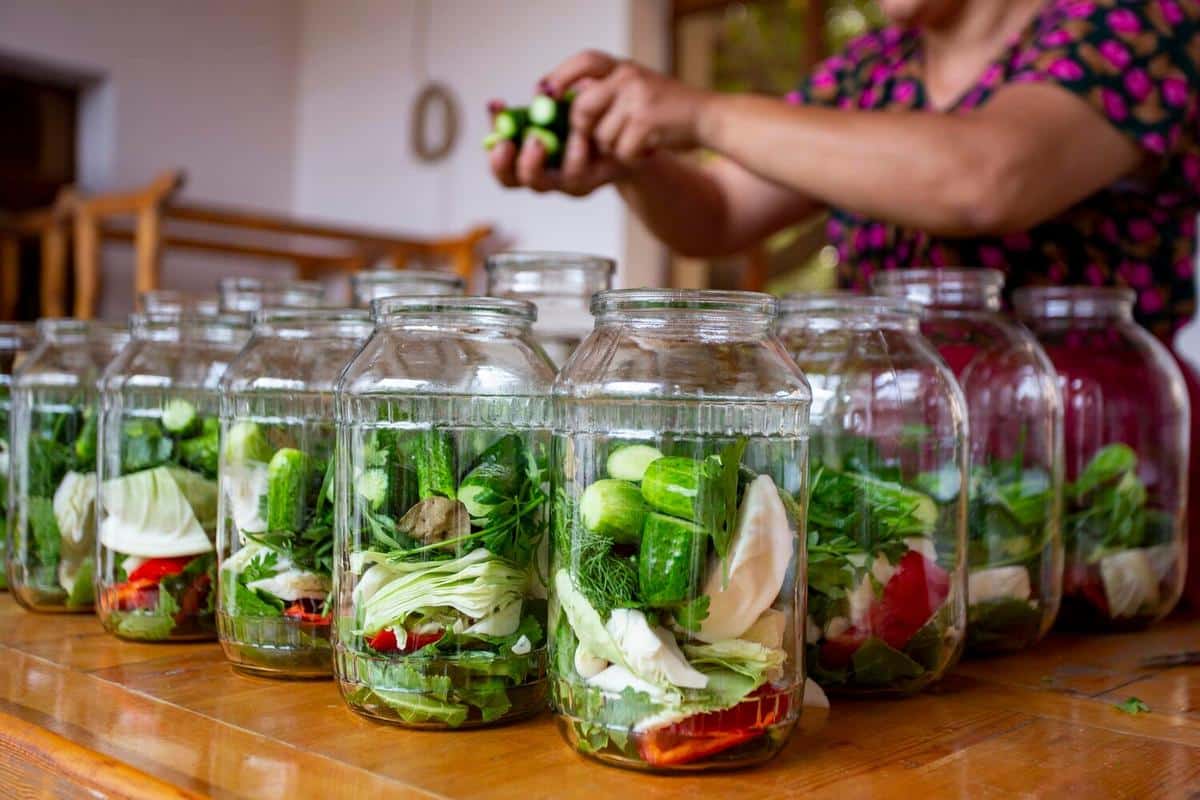
Fermentation Basics: How to Start Your Canning and Preserving Journey
Delving into the art of fermentation can be both intriguing and rewarding, offering a gateway to preserving fresh produce while enhancing flavors and nutritional benefits. Whether you’re a seasoned cook or a beginner, mastering fermentation can elevate your culinary skills.
Understanding Fermentation: The Basics
Fermentation is a time-honored process that transforms food through the action of beneficial microorganisms. This natural preservation method not only extends the shelf life of food but also enriches it with probiotics, which promote gut health. According to a study by the Food and Agriculture Organization, fermented foods are integral to diets worldwide due to their health benefits and unique flavors.
The Science Behind Fermentation
Fermentation occurs when microorganisms like bacteria, yeast, and molds convert sugars and starches into alcohol or acids. This process not only preserves food but also enhances its nutritional profile. For instance, fermented vegetables like sauerkraut and kimchi are rich in vitamins and minerals.
Expert Insights
Renowned culinary expert Sandor Katz, in his book “The Art of Fermentation,” describes fermentation as a “magical transformation” that can enhance flavors and introduce beneficial bacteria into our diets. His work has inspired many to explore this ancient practice.
Getting Started: Simple Fermentation Projects
Starting with basic recipes like pickles or yogurt can ease you into the world of fermentation. Here’s a straightforward checklist to kick off your fermentation journey:
- Choose your produce carefully. Opt for fresh, organic ingredients.
- Use clean equipment to avoid contamination.
- Maintain a consistent temperature for optimal fermentation.
- Experiment with flavors by adding spices and herbs.
| Produce | Fermentation Time | Flavor Profile | Probiotic Benefits |
|---|---|---|---|
| Cabbage | 2-3 weeks | Tangy, Crunchy | High |
| Cucumbers | 1-2 weeks | Salty, Crisp | Moderate |
| Beets | 1-2 weeks | Earthy, Sweet | Moderate |
| Carrots | 1-2 weeks | Sweet, Crunchy | High |
| Radishes | 1-2 weeks | Spicy, Crispy | Moderate |
| Yogurt | 4-8 hours | Rich, Creamy | Very High |
| Kefir | 12-24 hours | Tangy, Smooth | Very High |
| Sourdough | 3-7 days | Slightly Sour | Moderate |
FAQ Section
Frequently Asked Questions
What are the health benefits of fermentation?
Fermentation enhances the nutritional value of food, aids digestion, and boosts the immune system.
Can I ferment foods at home safely?
Yes, with the right equipment and hygiene practices, home fermentation is safe and rewarding.
How do I know if my fermented product is spoiled?
Spoiled ferments often have an off-putting smell or visible mold growth. If in doubt, it’s best to discard.
Concluding Thoughts
Embarking on a fermentation journey can transform your culinary experiences, bringing new flavors and health benefits to your table. By following these basics, you’ll be well on your way to mastering this ancient art. For more on cooking techniques, explore resources from culinary schools or food science journals to deepen your understanding.